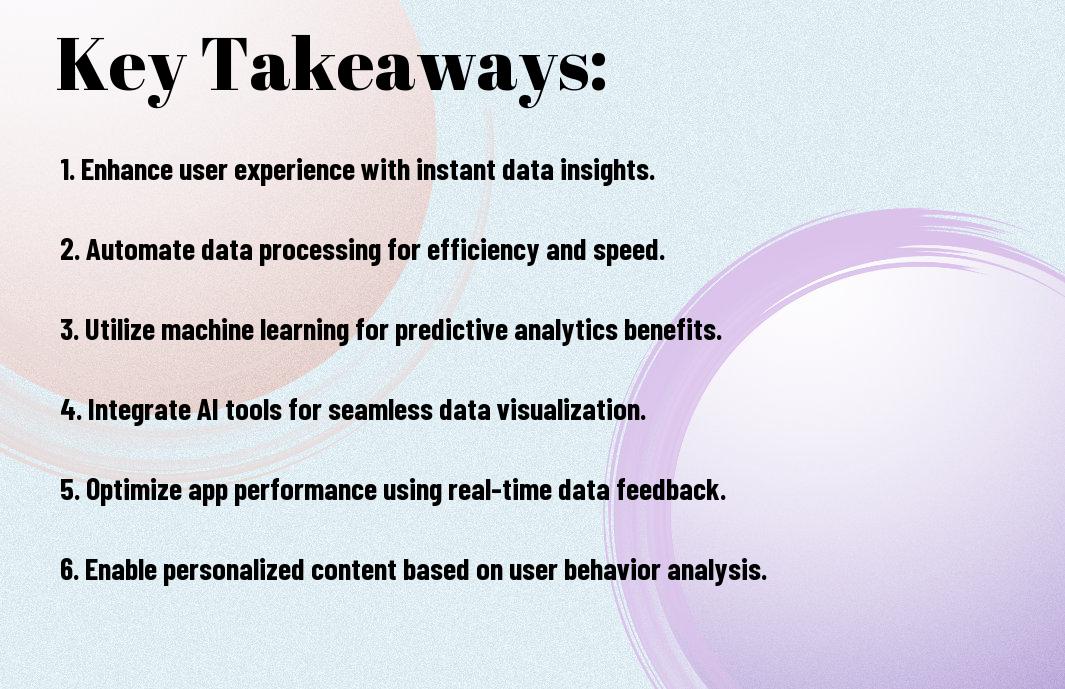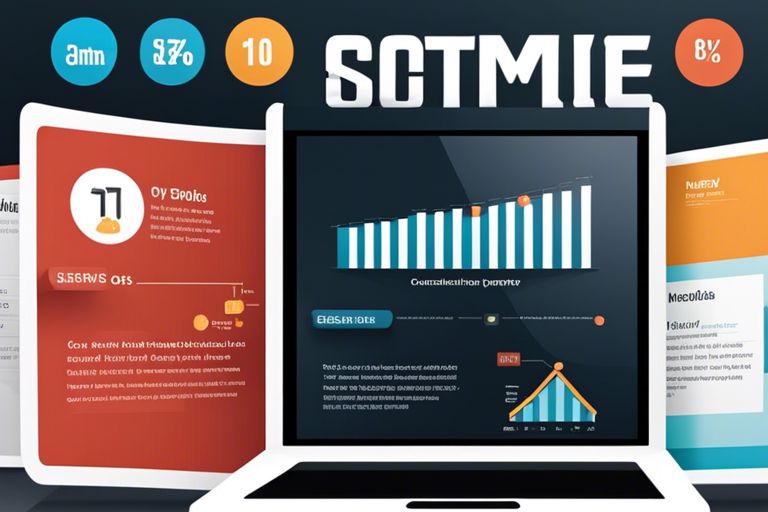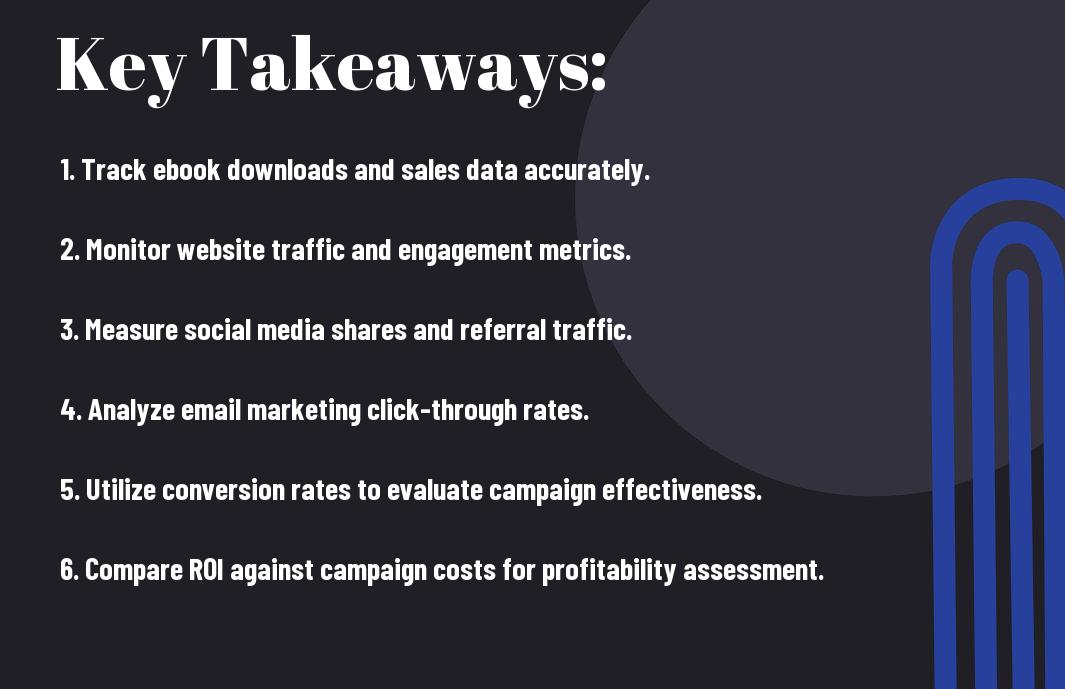As you navigate the complex world of marketing, you’re likely aware of the importance of staying one step ahead of your competitors. You understand that anticipating your consumers’ needs and behaviors is key to driving sales and growth. With the help of predictive analytics and artificial intelligence, you can now unlock the power of data-driven insights to forecast your customers’ actions, allowing you to make informed decisions and tailor your marketing strategies to meet their evolving needs, giving your business a significant edge in the market.
Key Takeaways:
- Predictive analytics in marketing enables businesses to anticipate consumer behavior by analyzing historical data and real-time trends, allowing for more effective targeting and personalization of marketing efforts.
- The integration of Artificial Intelligence (AI) in predictive analytics enhances the accuracy of forecasts, enabling marketers to make data-driven decisions and stay ahead of the competition in a rapidly changing market landscape.
- By leveraging predictive analytics and AI, marketers can identify high-value customer segments, optimize marketing campaigns, and improve customer engagement, ultimately driving revenue growth and improving return on investment (ROI) for marketing initiatives.

The Evolution of Marketing Analytics
Your understanding of consumer behavior is about to take a significant leap forward with the integration of predictive analytics in marketing, enabling you to anticipate and respond to customer needs more effectively.
Traditional Marketing Methods
The traditional approach to marketing relied heavily on historical data and manual analysis, limiting your ability to respond quickly to changing consumer trends and preferences.
The AI Revolution in Consumer Insights
Against the backdrop of rapid technological advancements, you are now empowered with AI-driven tools that can process vast amounts of data, uncovering hidden patterns and predicting future behavior with unprecedented accuracy.
Indeed, as you probe deeper into the capabilities of AI in marketing analytics, you will discover that it not only enhances your understanding of consumer behavior but also enables you to create highly personalized and targeted marketing campaigns, significantly improving your return on investment and customer engagement metrics, allowing you to stay ahead of the competition in an increasingly complex and dynamic market landscape.

Core Components of Predictive Analytics
While exploring predictive analytics, you’ll discover that it involves several key elements that work together to anticipate consumer behavior, enabling you to make informed decisions and drive your marketing strategy forward.
Data Collection and Processing
For instance, gathering and processing data is vital, as you will be relying on this information to build accurate models and make predictions about your target audience’s behavior, allowing you to tailor your marketing efforts to their needs.
Machine Learning Algorithms
About the algorithms used in predictive analytics, you should know that they play a significant role in analyzing data and identifying patterns, helping you to uncover insights that can inform your marketing strategy and improve your overall customer experience.
It is worth noting that machine learning algorithms can be applied in various ways, such as clustering, decision trees, and regression analysis, enabling you to analyze complex data sets and make predictions about future outcomes, which can be used to optimize your marketing campaigns and improve your return on investment, allowing you to stay ahead of the competition and achieve your business goals.
Consumer Behavior Patterns
To understand your target audience, you need to analyze their behavior patterns, which can be achieved through predictive analytics, enabling you to make informed decisions and stay ahead of the competition.
Digital Footprint Analysis
Across various online platforms, you can collect data on your customers’ digital footprints, including their browsing history, search queries, and social media activities, to gain insights into their preferences and interests.
Purchase Pattern Recognition
An analysis of your customers’ purchase history and behavior can help you identify patterns and trends, allowing you to predict their future purchases and tailor your marketing strategies accordingly, giving you a competitive edge in the market.
Consumer purchase patterns can be complex and influenced by various factors, including seasonal trends, personal preferences, and economic conditions, so when you recognize and understand these patterns, you can develop targeted marketing campaigns that resonate with your audience, increasing the likelihood of conversion and driving business growth, and as you explore deeper into the data, you can refine your strategies to meet the evolving needs of your customers.
AI-Powered Marketing Tools
Once again, you can leverage AI to enhance your marketing strategy, and to learn more about this, you can visit Predictive Analytics: Anticipating Customer Behavior With AI to get insights on how to anticipate consumer behavior.
Recommendation Engines
At this point, you can utilize recommendation engines to suggest products to your customers based on their past purchases and browsing history, allowing you to personalize their experience.
Dynamic Pricing Systems
Between the various AI-powered marketing tools, dynamic pricing systems stand out as they enable you to adjust prices in real-time based on demand and supply.
This allows you to maximize your revenue and stay competitive in the market, as you can respond quickly to changes in demand, ensuring that your prices are always optimal, and you can make data-driven decisions to drive your business forward, ultimately leading to increased profitability and customer satisfaction.
Real-Time Decision Making
Unlike traditional marketing methods, predictive analytics enables you to make informed decisions quickly. You can learn more about Predictive Analytics in Marketing to improve your strategy.
Automated Campaign Optimization
Around the clock, your marketing campaigns can be optimized using predictive analytics, allowing you to target your audience more effectively and increase your return on investment.
Personalization at Scale
An necessary aspect of predictive analytics is personalization, enabling you to tailor your marketing efforts to individual consumers, thereby enhancing their experience and fostering brand loyalty.
Another significant benefit of personalization at scale is that it allows you to analyze vast amounts of consumer data, identifying patterns and preferences that can inform your marketing strategy, helping you to create targeted campaigns that resonate with your audience and drive engagement, ultimately leading to increased conversions and revenue for your business.
Privacy and Ethical Considerations
After implementing predictive analytics in your marketing strategy, you should consider the ethical implications, as discussed in Predictive Analytics in Marketing: Anticipating Customer Behavior with AI, to ensure your methods are transparent and respectful of consumer data.
Data Protection Frameworks
Betwixt the lines of data collection and analysis, you must establish robust data protection frameworks to safeguard consumer information and maintain compliance with regulations.
Consumer Trust Building
The foundation of successful predictive analytics lies in building trust with your consumers, which can be achieved by being open about your data collection and usage practices.
Trust is a key factor in consumer trust building, as you need to demonstrate that you value and protect their personal information, and use it to provide them with relevant and personalized experiences, rather than exploiting it for your own gain, allowing you to foster a loyal customer base and drive long-term growth.
Final Words
The ability to anticipate consumer behavior is now at your fingertips with predictive analytics in marketing. You can leverage AI to analyze your data and make informed decisions. Your marketing strategies will become more effective, allowing you to stay ahead of the competition. You will be able to personalize your approach, increasing the likelihood of successful campaigns and driving business growth. By embracing predictive analytics, you will unlock new opportunities and take your marketing to the next level.
FAQ
Q: What is Predictive Analytics in Marketing and how does it help in anticipating consumer behavior?
A: Predictive Analytics in Marketing is the use of advanced statistical models and machine learning algorithms to analyze historical data and predict future consumer behavior. It helps marketers anticipate consumer needs, preferences, and actions, enabling them to make informed decisions and create targeted marketing campaigns that drive engagement, conversion, and revenue. By leveraging predictive analytics, marketers can identify high-value customer segments, optimize marketing channels, and personalize customer experiences, ultimately gaining a competitive edge in the market.
Q: How does Artificial Intelligence (AI) enhance Predictive Analytics in Marketing?
A: Artificial Intelligence (AI) significantly enhances Predictive Analytics in Marketing by enabling the analysis of large datasets, identifying complex patterns, and making predictions with high accuracy. AI-powered predictive models can process vast amounts of data, including social media, customer feedback, and transactional data, to identify trends and anomalies that may not be apparent through traditional analysis. Additionally, AI-driven predictive analytics can automate many marketing tasks, such as lead scoring, customer segmentation, and campaign optimization, freeing up marketers to focus on strategic decision-making and creative campaign development.
Q: What types of data are used in Predictive Analytics for Marketing, and how is it collected?
A: Predictive Analytics for Marketing uses a wide range of data types, including customer demographic data, transactional data, social media data, customer feedback, and behavioral data. This data is collected from various sources, such as customer relationship management (CRM) systems, social media platforms, customer surveys, and website analytics tools. Additionally, marketers can collect data from external sources, such as market research reports, industry trends, and economic indicators, to gain a more comprehensive understanding of consumer behavior and market dynamics.
Q: How can Predictive Analytics help marketers measure the effectiveness of their marketing campaigns and optimize their marketing strategies?
A: Predictive Analytics helps marketers measure the effectiveness of their marketing campaigns by providing insights into key performance indicators (KPIs) such as conversion rates, customer acquisition costs, and return on investment (ROI). By analyzing these metrics, marketers can identify which marketing channels, campaigns, and tactics are driving the most value and adjust their strategies accordingly. Predictive analytics can also help marketers optimize their marketing strategies by identifying areas of improvement, such as optimizing email subject lines, personalizing content, and refining targeting parameters, to maximize campaign effectiveness and minimize waste.
Q: What are some common challenges and limitations of implementing Predictive Analytics in Marketing, and how can they be overcome?
A: Common challenges and limitations of implementing Predictive Analytics in Marketing include data quality issues, lack of skilled resources, and integration with existing marketing systems. To overcome these challenges, marketers should prioritize data quality and governance, invest in training and upskilling their teams, and ensure seamless integration with existing marketing technologies. Additionally, marketers should start with small-scale pilot projects, focus on high-impact use cases, and continuously monitor and evaluate the effectiveness of their predictive analytics initiatives to ensure maximum ROI and business impact.










